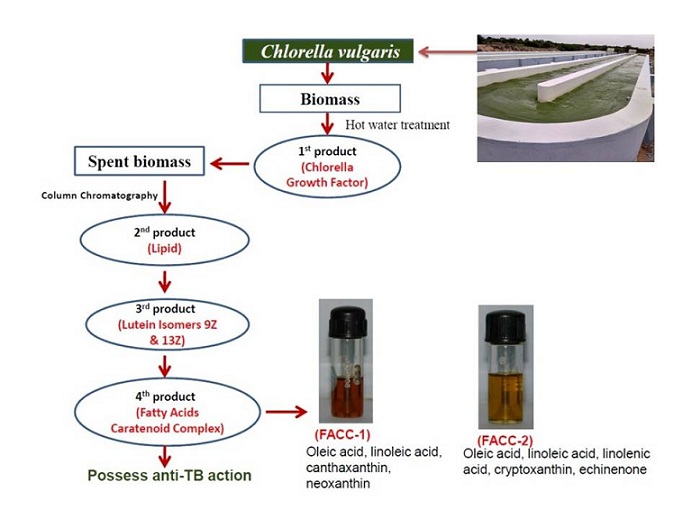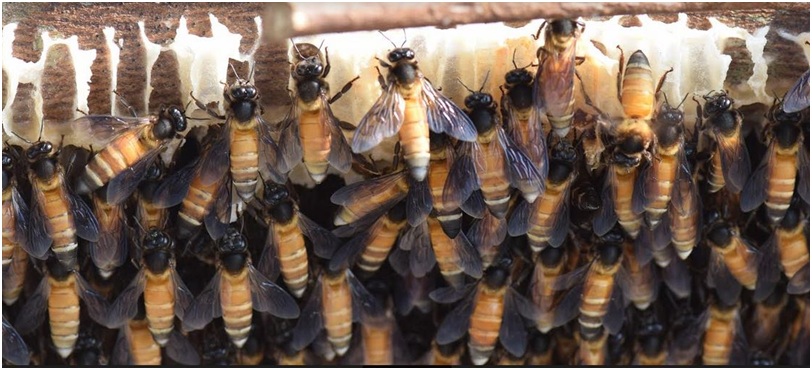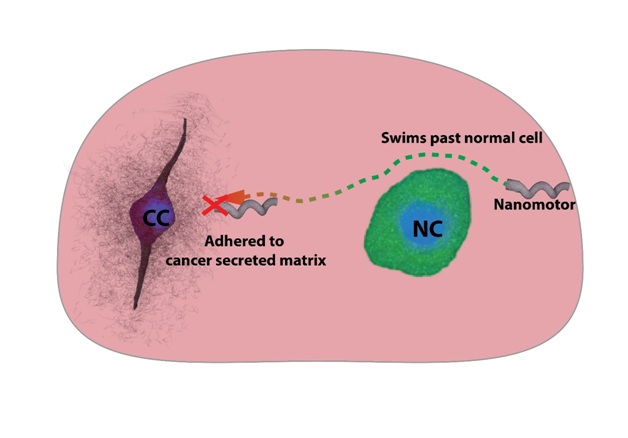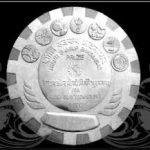
A study on underwater sounds using a passive acoustic monitoring system during the winters has been able to probe sea ice melting in the Arctic and its contributing factors. The research was led by The National Institute of Ocean Technology (NIOT) and the results reveal a decline in the sea ice concentration, thus disrupting the normal ocean circulation and the global conveyor belt, and eventually leading to changes in global climate.
Initially, NIOT scientists used passive acoustic monitoring technology to detect ambient noises underwater caused by the melting of sea ice. The sound produced due to the release of tiny bubbles during sea ice melting with the spectral peak in the range of 1–3 kHz is similar to the sounds recorded in the summer-glacierized fjord at Icy Bay, Alaska and laboratory experiments. The study provides an effective way of estimating the rate of sea ice melting which directly affects the radiation budget and also the Arctic marine ecosystems.
It is normal for Arctic sea-ice to expand throughout the winters and melt during summers each year, but recent studies have revealed that there has been an increment in the sounds caused by the melting of sea ice during the winter of 2016-17 which coincides with the positive anomaly of water temperature due to warm seawater entering the Kongsfjorden Arctic.
The present study also revealed that the winter sea ice melting sounds are significant in describing the reduction of young-sea ice as well as the first-year ice, which is bad news for the climate. This ceasing of sea ice growth during winter allows more sunlight to be absorbed by the darker surface waters of the ocean, which will promote further warming and further loss of ice and making the Arctic glacier fjords more sensitive to melting.
The winter sea ice melting sounds are significant in describing the reduction of young-sea ice as well as the first-year ice, which is bad news for the climate.
Previous studies attributed the rapid decline of the Arctic sea ice cover to the intense sea surface temperature anomalies associated with the passage of extreme cyclone events during winter. The new technique using in-situ acoustic measurements on the other hand is found to be very effective during the winter season to study Arctic sea ice melting even during the period when there is no sunlight during polar nights with extreme cyclonic events.
There is a drastic decline in the Arctic sea ice cover and decimation of residual ice during the last decade with a record low of 3.41 million square kilometers in 2012 due to extreme weather events. Scientists observed a similar worrisome trajectory of the Arctic sea ice decimation in 2020 even in the absence of extreme weather events. In no other years on record except 2012 and 2020 that the Arctic sea ice extent dropped below 4 million square kilometers. This continuing trend of low sea-ice is believed to be an indication that the Arctic has entered a new ecological state.
The research work of NIOT is published in the ‘Nature’ magazines Scientific Report 2020. The study to assess the Arctic sea ice-melting problem during winter (December–January) spanned a period of more than four years starting from 2015 and 2019 and 2020.
The research team comprised of Madan M Mahanty , G. Latha , R. Venkatesan, M. A. Atmanand, A. Thirunavukarasu and G. Raghuraman of NIOT, Ministry of Earth Sciences, Chennai and M. Ravichandran of National Centre for Polar and Ocean Research, Ministry of Earth Sciences, Goa, India.
India Science Wire
VS/MoES/MFA/05/10/2020












